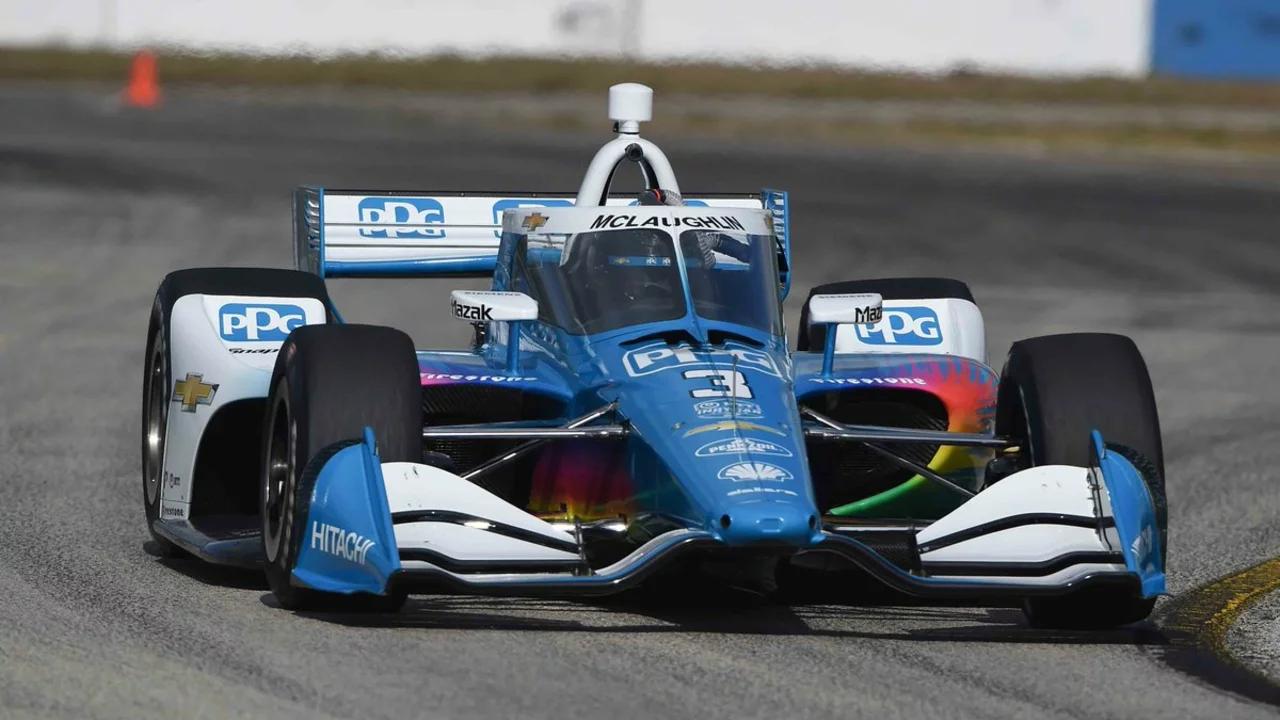F1 vs IndyCar Drivers – The Great Debate
Ever wondered if an F1 driver could outrun an IndyCar driver, or the other way around? It’s a question that pops up at every race weekend and online forum. The short answer? Both are amazing, but they excel in different ways. Let’s break down the key points so you can see why the answer isn’t simple.
First, remember that driving a race car isn’t just about speed. It’s a mix of precision, physical fitness, mental focus, and how well a driver works with the team and the car. F1 and IndyCar have very different car designs, race formats, and track types, which means the skill sets needed can vary a lot. So, comparing them is a bit like comparing a sprinter to a marathon runner – each is great at what they do.
What Makes F1 Drivers Unique
F1 cars are built for ultimate aerodynamics and technology. They have complex hybrid systems, massive down‑force, and tires that work best on smooth, purpose‑built circuits. Because of that, an F1 driver needs razor‑sharp precision. Hitting the perfect racing line at 200 mph and staying in the aerodynamic “sweet spot” takes practice and a deep feel for the car.
Physical fitness is also a huge factor. Drivers experience up to 5 g in cornering and need strong neck and core muscles to hold the steering wheel. The races are usually around 90‑120 km, so stamina matters, but the biggest test is maintaining focus for the whole distance while constantly adjusting to changing conditions.
Team communication is another piece of the puzzle. F1 teams collect tons of data in real‑time, and drivers must interpret that feedback and work with engineers to tweak the car during the weekend. This partnership often decides whether a driver can extract every last bit of performance.
What Sets IndyCar Drivers Apart
IndyCar races mix street circuits, road courses, and ovals – sometimes all in one season. The cars are less aerodynamic than F1, but they are powerful and can reach over 230 mph on the ovals. That means IndyCar drivers need raw speed and the ability to handle very different track layouts.
On ovals, drivers run at constant high speed, often for over 200 laps, while subtly adjusting the car’s setup to stay fast. It takes a different kind of concentration and endurance compared to the stop‑and‑go feel of road courses. IndyCar drivers also have to be good at “drafting,” or using the slipstream of the car in front to gain speed, especially on superspeedways like Indy.
Because the cars are more similar across teams, driver skill shines through even more. There’s less technology to hide behind, so the driver’s ability to find grip, manage tire wear, and make split‑second decisions can change the outcome of a race.
Both series demand a lot, but the focus shifts. F1 leans heavily on precision, tech‑savvy, and managing an ultra‑fine‑tuned machine. IndyCar leans on adaptability, raw speed, and handling a wider variety of tracks.
In the end, saying one group is “better” misses the point. They’re both elite athletes who have mastered the specific challenges of their series. Instead of picking a winner, enjoy how each style brings something special to the world of motorsport.
After intense research and comparisons, it's clear that the debate over whether F1 drivers are better than IndyCar drivers isn't black and white. Both require unique skills, with F1 focusing more on technological prowess and precision, while IndyCar emphasizes raw speed and strategy. The different styles of tracks they race on also play a crucial role in their skill set. It's like comparing apples and oranges, both fruits but different in taste and texture. So, in my opinion, it's not about who's better, but about the different expertise and skill sets they bring to their respective sports.

